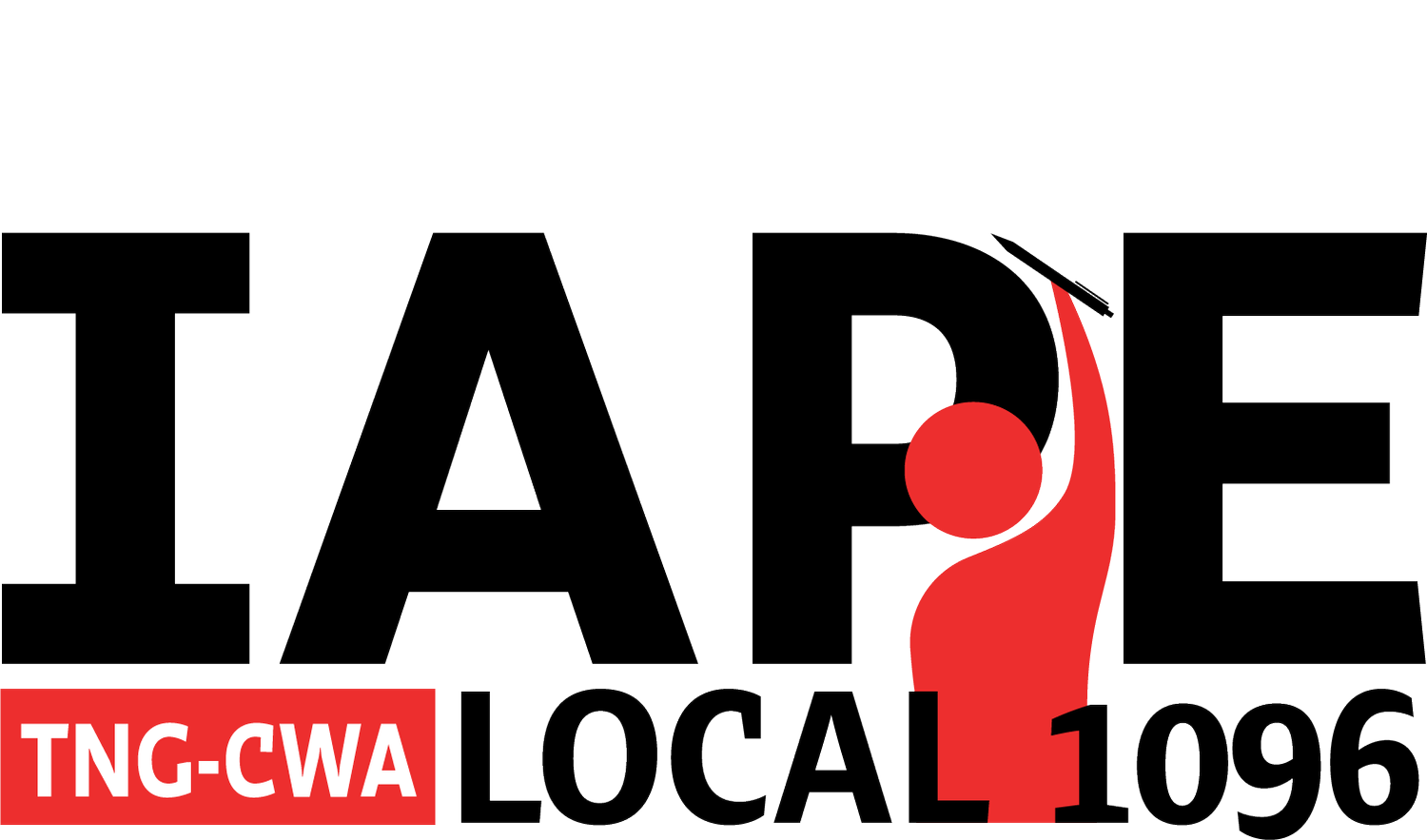Bargaining Update: Checking Dianne's Math
/TL, DR: Sorry Dow Jones. You’re Wrong Again.
IAPE and Dow Jones bargaining teams—and more than 100 IAPE member observers—met yesterday morning as contract talks between the parties, now in their tenth month, continued. Management presented its 16th proposal, focusing on wages, and shared health care data comparing premiums paid at Dow Jones to those paid by staff at The New York Times.
More on that in a moment.
After negotiations concluded, IAPE members were treated to another update from Dow Jones CPO Dianne DeSevo, who referred to the company’s new proposal as “a good faith effort to close the gap between the parties” with “several significant enhancements” in the area of compensation.
Let’s take a closer look, shall we?
Yesterday’s Dow Jones proposal offers to increase the pay of IAPE members by at least 6.75%—with larger pay increases for many thanks to our new minimum-dollar raise threshold. Dianne said “over 11% for some,” and it’s actually as much as 13%, but “some” means approximately 40 of the 1,400 employees IAPE represents.
The new proposal effectively adds 0.25% onto earlier Dow Jones proposals of 3.5% for year one and 3% for year two, which the company has now combined into a proposal for a single pay increase.
Once again, the company is not proposing a retroactive adjustment in wages.
Dianne noted that the new pay increase could be implemented “as early as May 1, 2024” if this deal is ratified by IAPE members. What does that really mean? Considering the company’s previous proposal on wages—which also was not retroactive—it means an employee earning $100,000 per year would receive an extra $500 total over four pay periods in May and June.
Dianne also mentioned “a ratification bonus of $1,500.” Yesterday, when IAPE representatives asked whether management had given any consideration to proposing a retroactive pay increase, company reps said, “That’s what the $1,500 is for.”
For those of you keeping score at home, $1,500 would equal a year of retro pay at 3.5%, if an employee was paid a salary of approximately $42,000. On the IAPE-represented median salary of $98,000, a $1,500 lump sum payment would match a year of retro pay on a raise of approximately 1.52%.
Dianne confirmed the company’s proposal to pay a lump sum bonus of “up to 0.5%” remains in place for 2025, but that is payable to employees whose health care premiums increase by that amount of salary or more. Management’s 2025 wage proposal is unchanged, at 3%, but the company did offer to add a fourth year to the next contract with another 3% pay raise effective July 1, 2026.
Finally, Dianne wrote, “The Company’s current proposal would result in a total compensation package that surpasses those reached at our peer companies, including The New York Times, The Washington Post, The Associated Press and Reuters in their recent labor negotiations.”
Let’s unpack that just a bit, specifically by comparing the latest Dow Jones offer to the settlement reached last year at the New York Times.
When we look at comparable salaries dating back to 2021—the effective date of the current contract for Guild members at The Times—and tally up all raises and lump sum payments at various salary levels, yesterday’s Dow Jones proposal still lags behind.
We’re sure management will say—as they did during yesterday’s bargaining meeting—that employee payments toward healthcare must also be considered. Dow Jones helpfully shared a chart showing that a New York Times employee earning a salary of $100,000 in 2020 will have paid almost $20,000 more in medical premiums over a six-year period than will be paid by an IAPE-represented employee earning the same salary.
But . . .
Take a close look at the “percentage” row for both plans. Is the rate at The Times higher than the rate paid by IAPE members? Yes.
Has the Times rate changed? No.
Would an employee who leaves Dow Jones to work for The Times receive a salary adjustment to offset any additional health care costs? We suspect many of you have former colleagues who might be able to answer that question.
Dow Jones still wants to be able to increase premiums in 2025—the year-over-year hike for the example provided yesterday is more than 16%—and again in 2026. Will management seek the flexibility to boost premiums by even more than 30% when the company provides a new projection for 2027? We’ll see.
There are two very notable factors from these negotiations that are not at all changed by yesterday’s company proposal: Dow Jones is still a top-performing company raking in record profits quarter after quarter, and IAPE-represented employees are still in need of real raises that offset cost of living increases.
We appreciate yesterday’s proposal from management, but let’s recognize the changes for what they are: an increase of 0.25% over the last offer, a new $1,500 lump sum sweetener and a fourth contract year to consider.
As we said yesterday at the bargaining table, this represents a new starting point.
Negotiations resume next Thursday, Mar. 28. Join us for open bargaining, and stay tuned for new membership activities from the Contract Action Team.

